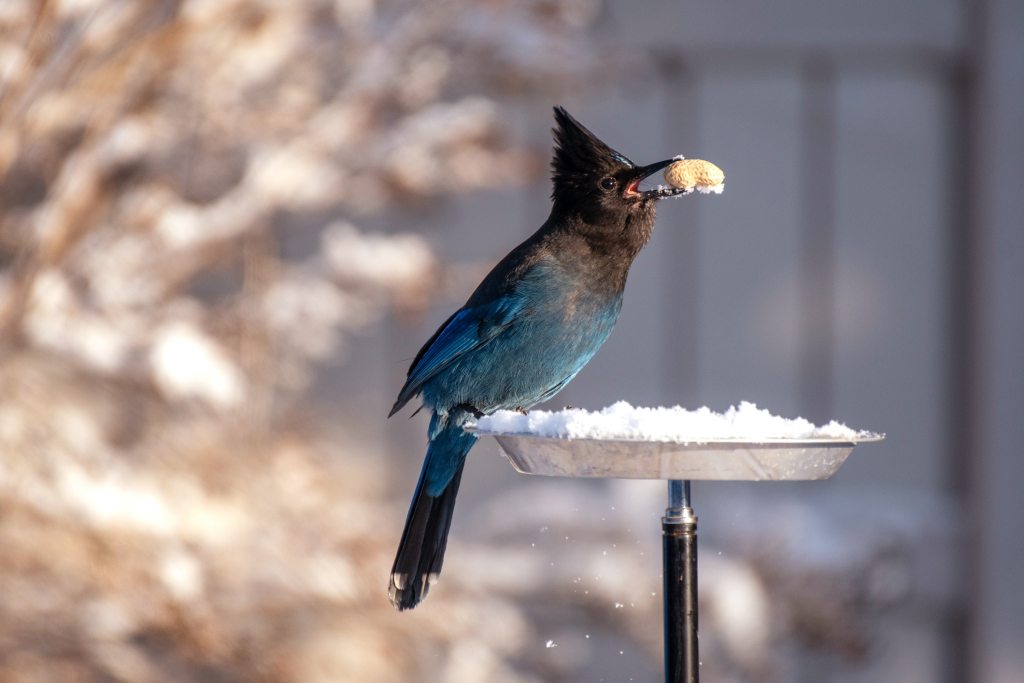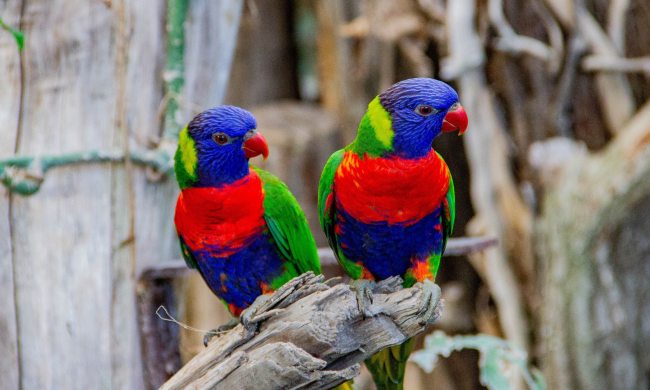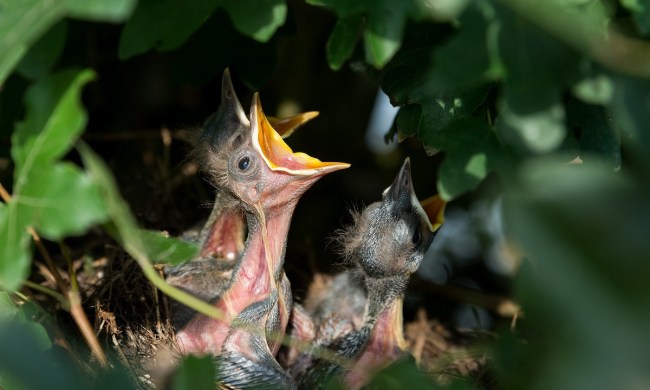No matter what stage of birder you have become, there is a podcast (or many) out there to help you along your journey. Hosts of these birdcasts genuinely love their subject and approach every episode with passion and interest — just as you do when learning about or trying to spot a new species. Take fantastic bird walks (virtually) with your guides to locations you might never experience while hearing and visualizing lifers. Try out these best bird podcasts to enrich your birdwatching experiences.

The Casual Birder
“Casual” about sums this one up. Host Suzy Buttress loves birds and wants to inspire others to notice these beautiful creatures as part of daily life. While she frequently talks about bird walks, even more, this show emphasizes that we can all glance out the window now and then to spot birds in the yard or garden. You’ll still hear about her strolls, though, including recordings of songs and sounds that grab Suzy as she explores much of England, looking for and listening to birds. Guests contribute their own experiences as well — both casual birders and experts in the field. Her focus extends to conservation and information on endangered birds and the challenges all avians face today. If you want to dive into the world of birding (or just dip your toe in to start), try this podcast as an introduction. And follow Suzy’s footsteps to begin taking an extra look at species we see in everyday life.
American Birding Podcast
One of the many offerings of the American Birding Association (ABA), this bird podcast looks into birds around North America (and occasionally beyond). At the top of each episode, we get to hear the latest in rare-bird news. ABA works carefully with other organizations to track birds and work to preserve their environments. Nate Swick hosts this guide to discovering the world of birds. Part of what makes this particular show special is its focus on travel, something of great importance to birding and the ABA. Highlights showcase the ultimate birder vacations and sightings, sharing the first-person experience from guests who have seen it all (or at least lots of different birds). One other thing that helps make this show significant is its focus on climate change and how it affects birders, birds, and bird habitats. Between episodes, keep up to date on rare birds and other news on Twitter or their website.

The Field Guides
OK, this isn’t just birds, but it always delivers. More nature documentary than traditional podcast, this one really takes you out into the wild (literally) by recording much of the episode on sight. Both nature lovers, hosts Bill and Steve cover every aspect of the chosen topic (often recommended by a fan) in their monthly podcast. You will learn everything you have ever wanted to know (and then some) about the bird of the month, including the taxonomy, history, and habitat of the species in the spotlight. Somewhat unique among birding podcasts, this one covers bird species from top to bottom. It’s more fun than you can imagine to study just about every aspect of an animal. Special guests often round out the episodes, bringing expertise about the particular topic that our hosts discuss.
Talkin’ Birds
In the style of an old-school radio show, Ray Brown takes you on a weekly joyride to find the best of birding. He combines birdcalls with the latest on social media, a mystery bird contest, and tips for every backyard birder. There’s only one way to describe this show: fun. You’ll be treated to sound effects along with chirping for a truly lovable show. Of course, mixed in with the entertainment is a rundown on different species and the latest happenings around the country for our feathered friends. With a particular focus on conservation, Ray provides a lot of info about what the average citizen can do to help keep birds healthy and happy in the wild. Each episode follows a familiar pattern, so it’s your weekly catch-up on all things bird.
It’s crucial for all birders to help these fragile creatures, and so many of the podcasts fulfill their aim to protect species around the world. The good news is, our hosts want to find ways for each of us individually to care for birds — everything from reducing plastic consumption to participating in backyard bird counts. There’s so much to love and a lot that everyone can act on to become a good steward for birds and appreciate them in the process.



